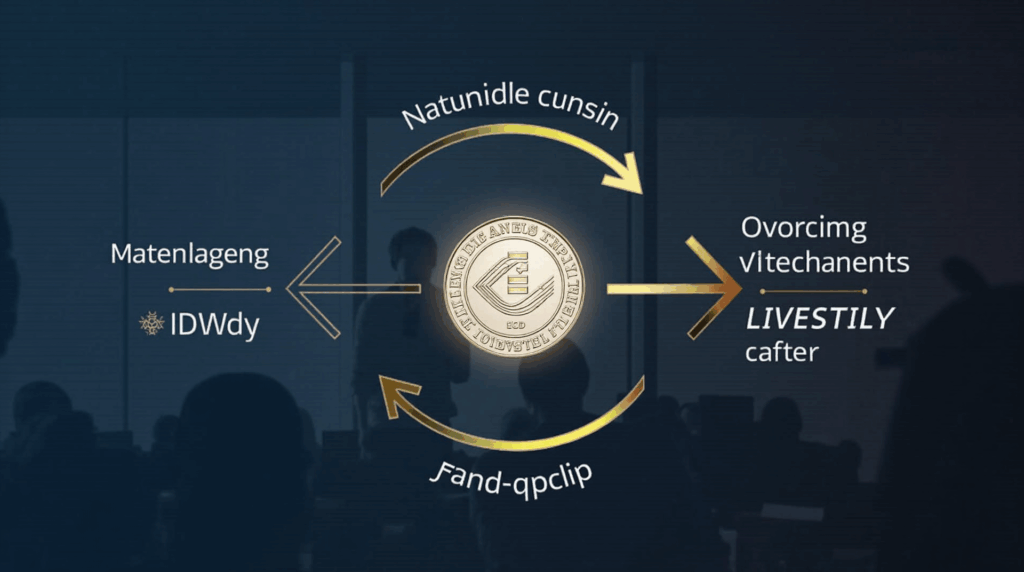Circle is exploring adding reversible transactions to USDC, according to the Financial Times and company spokespeople, in a bid to curb fraud and win institutional users. Heath Tarbert says card-style refund rules could unlock Wall Street money, but the proposal also revives complaints about immutability and centralized control. Banks, stablecoin issuers, and settlement-focused traders are watching the plan closely.
The firm’s core goal is to draw traditional clients by grafting a charge-back-style rule set onto a permissioned chain. Analysts cited by the FT and the feature would sit on Arc, Circle’s institutional blockchain, while leaving the public ledger untouched. Fraud losses and mistaken transfers now block corporate uptake of dollar tokens, and a reversal tool would remove that barrier.
Impact of reversible USDC transactions
Opponents contend that any entity able to nullify a transfer breaks the guarantee of finality and hands a single party power over value flow. The dispute is practical, because traders price collateral and custodians manage liquidity on the assumption that blocks never change. Tarbert’s public remarks and the working paper frame the question as how to protect consumers without stripping decentralization.
Circle now faces a negotiation between regulatory convenience and protocol rules. The next step is to define the reversal layer and decide who governs it, a choice that will show whether the fix stays off chain or rewrites on-chain settlement norms.

